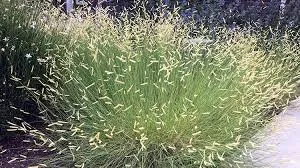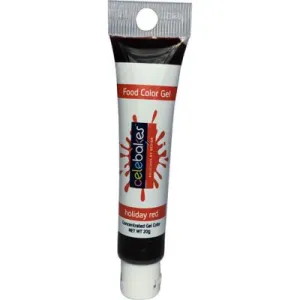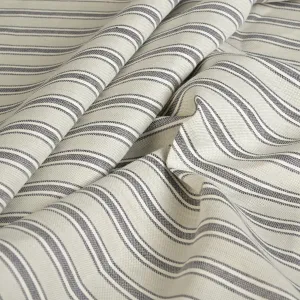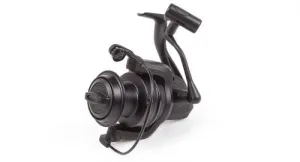Blue Gamma Grass is a warm-season perennial grass that has fine, narrow blue-green leaves that give it a unique and attractive appearance. In late summer to early fall, it produces delicate seed heads that sway gracefully in the breeze. The overall appearance of this grass imparts a sense of movement and beauty to landscapes.
- Size: Blue Gamma Grass generally grows to a height of 1 to 2 feet and has a spread of 1 to 2 feet as well. Its compact size makes it suitable for various landscaping uses, including borders, rock gardens, and mass plantings.
- Sunlight: Blue Gamma Grass thrives in full sun to light shade. It performs best when it receives at least 6 hours of direct sunlight per day.
- Soil: It prefers well-draining soil and is quite adaptable to various soil types, including sandy and loamy soils.
- Watering: Once established, Blue Gamma Grass is drought-tolerant and doesn't require frequent watering. Water deeply but infrequently to encourage deep root growth.
- Pruning: This grass benefits from a yearly "haircut" to remove dead foliage and spent seed heads. This can be done in late winter or early spring before new growth starts.
- Fertilizing: Blue Gamma Grass generally doesn't require heavy fertilization. You can incorporate a balanced, slow-release fertilizer in the spring if the soil is nutrient-deficient.
- Winter Care: In colder climates, the grass may die back in winter, but it will start regrowing in the following spring. You can leave the dried grass standing for winter interest or trim it back.















